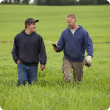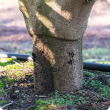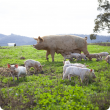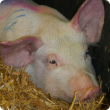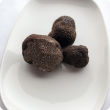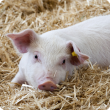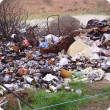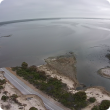Filter by regions:
- Great Southern (234) Apply Great Southern filter
- South West (227) Apply South West filter
- Mid West (218) Apply Mid West filter
- Peel (203) Apply Peel filter
- Wheatbelt (201) Apply Wheatbelt filter
- Perth regions (187) Apply Perth regions filter
- Goldfields-Esperance (178) Apply Goldfields-Esperance filter
- Gascoyne (162) Apply Gascoyne filter
- Kimberley (131) Apply Kimberley filter
- Pilbara (129) Apply Pilbara filter


